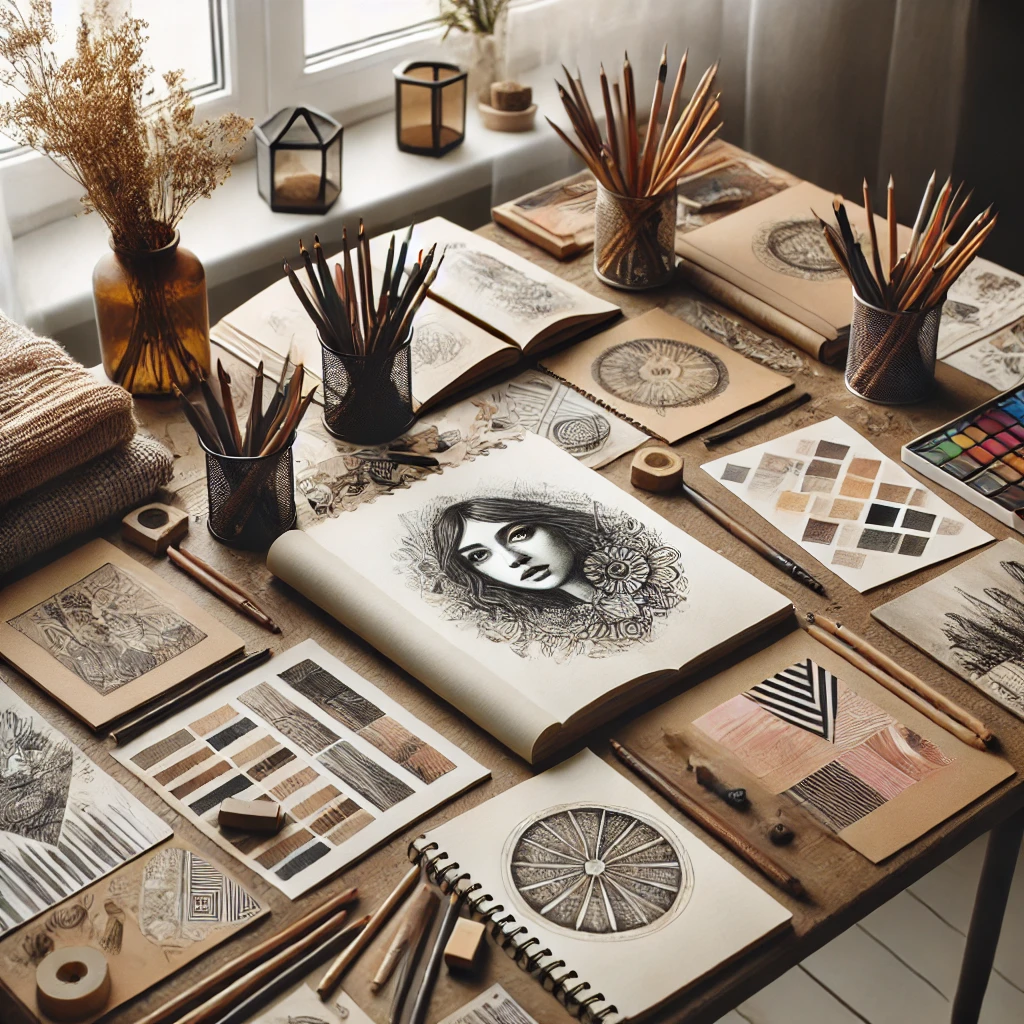Table of Contents
Sketch:jgr9lxsmgmg= Drawing Ideas Begin your drawing journey by experimenting with basic shapes like circles, squares, and triangles. These forms serve as the foundation for more complex designs.
Combine Shapes for New Concepts:
By merging shapes, you can create interesting structures like animals, buildings, or even abstract art. The combination opens endless possibilities for creativity.
Abstract Interpretations of Shapes:
After mastering basic forms, transform them into abstract ideas. This approach helps develop your artistic perspective and enhances your creativity.
Use Shapes to Visualize Objects:
Train your eye to see objects in simple forms. Breaking complex items into their shape components allows for a clearer drawing process.
2. Sketching Real-Life Objects
Start with Household Items:
Look around your house for inspiration. Sketching familiar objects like mugs or books builds confidence and improves observational skills.

Focus on Light and Shadow:
Incorporating light and shadow in sketches brings your drawings to life. It adds depth and realism to simple objects, making them more visually engaging.
Capture the Texture of Objects:
Experiment with different shading techniques to represent the texture of materials like wood, metal, or fabric in your sketches.
Use Everyday Scenarios as Practice:
Sketch:jgr9lxsmgmg= Drawing Ideas Documenting daily scenes—like a bowl of fruit or your workspace—helps enhance both your detail orientation and creativity in ordinary settings.
3. Drawing Nature: Plants and Landscapes

Start with Simple Plants:
Sketching small plants like succulents is an excellent way to practice natural forms. Focus on their unique leaf patterns and shapes.
Move on to Larger Landscapes:
Sketch:jgr9lxsmgmg= Drawing Ideas Once comfortable, challenge yourself with broader landscapes like forests or seascapes. These offer great practice in perspective and composition. Sketch:jgr9lxsmgmg= Drawing Ideas
Capture the Beauty of Nature:
Sketch:jgr9lxsmgmg= Drawing Ideas Use drawing to connect with nature. Pay attention to the fine details in leaves, flowers, and trees, and translate them into art.
Experiment with Natural Textures:
Sketch:jgr9lxsmgmg= Drawing Ideas Nature provides diverse textures, from rough tree bark to smooth water surfaces. Incorporate these elements to give your drawings more depth.
4. Portrait Sketching: Human Faces Sketch:jgr9lxsmgmg= Drawing Ideas
Start with Basic Facial Proportions:
Sketch:jgr9lxsmgmg= Drawing Ideas Human faces can be tricky to sketch, so begin with basic proportion guidelines. Sketch:jgr9lxsmgmg= Drawing Ideas The rule of thirds works well to place key features accurately.
Focus on Eyes and Expression:
Sketch:jgr9lxsmgmg= Drawing Ideas Eyes are the window to the soul, and capturing them correctly can give your portrait life. Experiment with expressions to portray emotions.
Refine Features Gradually:
Take your time to refine facial features like the nose, mouth, and ears. Paying attention to small details can make a significant impact.
Experiment with Different Angles:
Sketch faces from different angles to improve your understanding of perspective. Practice drawing side profiles or three-quarter views for variety.
5. Abstract and Geometric Art
Explore Symmetry and Patterns:
Abstract drawing allows for freedom and creativity. Start by exploring symmetry through patterns and geometric designs that evoke a sense of order.
Use Shapes to Convey Emotion:
Simple shapes can represent deep emotions. Use circles, triangles, or lines to portray feelings of calm, tension, or movement.
Blend Geometric Shapes and Freeform Lines:
Mix rigid shapes with flowing, freeform lines to create dynamic compositions. This technique helps balance structure and spontaneity in your artwork.
Experiment with Color in Abstracts:
Although this focuses on sketching, you can plan colors in abstract designs. Colors can elevate your abstract sketches by adding layers of meaning.
6. Drawing Animals: Pets and Wildlife
Begin with Your Pets:
If you have pets, they’re a great source of inspiration for sketching. Start with simple outlines and gradually add details like fur texture and expressions.
Sketch Animals in Motion:
Capture the energy of animals by sketching them in different positions, whether walking, running, or resting. This helps develop dynamic drawing skills.
Focus on Wildlife Sketching:
Move from domestic pets to wildlife. Try sketching animals from reference photos to practice new forms, from birds to large mammals.
Explore Animal Anatomy:
Studying animal anatomy will improve your accuracy. Understanding bone structures and muscle groups will help create more realistic animal sketches.
7. Creative Drawing Challenges
Set Time Limits for Quick Sketches:
Challenge yourself with quick sketches. Setting a time limit encourages spontaneity and prevents overthinking, which can block creativity.
Try Blind Contour Drawing:
Blind contour drawing forces you to focus solely on the object, without looking at your paper. This practice improves your observational skills.
Create an Art Journal:
Maintaining an art journal allows you to practice regularly and track your progress. Use it to explore various themes and drawing styles.
Take Part in Sketch Challenges:
Join online art communities or sketch challenges to push your boundaries. Participating with others can be motivating and inspiring.
Conclusion
Drawing ideas come from everywhere: from your surroundings, your imagination, or nature itself. Whether you’re interested in abstract designs, sketching animals, or capturing daily life, the possibilities for artistic expression are endless. The key is to stay curious and continue practicing, no matter your skill level.
FAQs
1. How do I improve my sketching skills?
Practice consistently and focus on improving specific techniques like shading, perspective, and proportions.
2. What are some good drawing ideas for beginners?
Beginners can start by sketching simple shapes, everyday objects, and plants to build foundational skills.
3. How can I make my sketches more realistic?
Incorporate shading and focus on light and shadow to add depth and realism to your drawings.
4. What are abstract drawing ideas?
Abstract drawing involves creating art that doesn’t necessarily represent reality, using shapes, lines, and forms to convey meaning.
5. How do I start drawing animals?
Begin by sketching your pets or using reference photos. Focus on understanding basic animal anatomy to improve accuracy.







